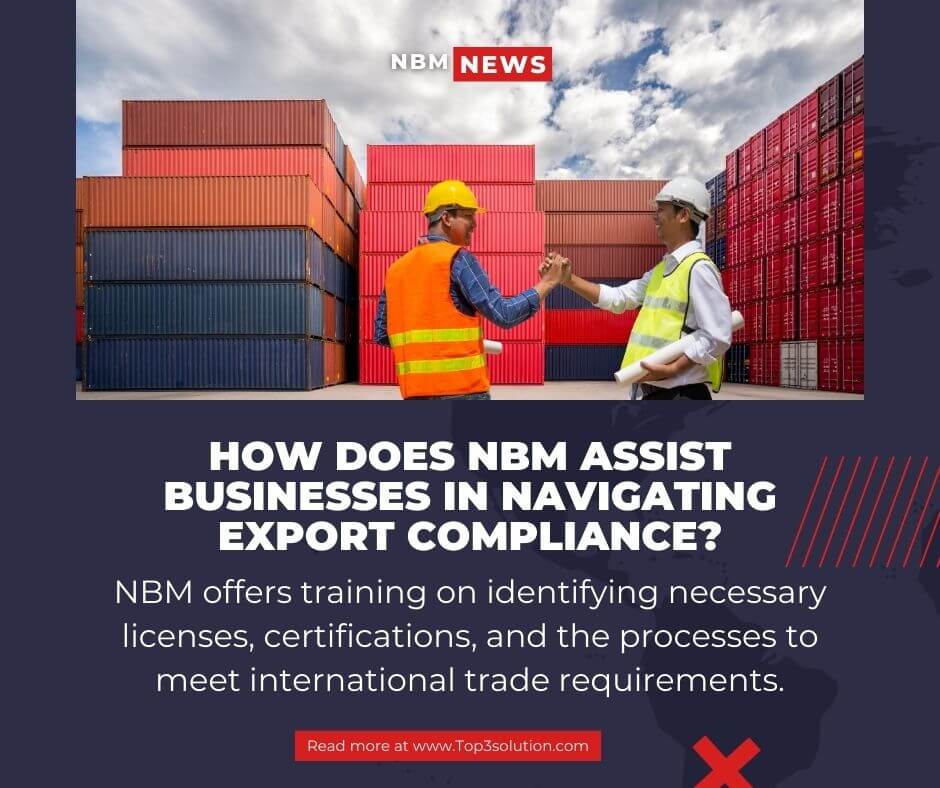Entering international markets starts with proper preparation. The first step is conducting thorough market research to understand where your product fits globally. For instance, if you produce shea butter, knowing which countries demand high-quality organic beauty products can guide your export decisions.
Next, it’s essential to assess your product’s compliance with international standards. Each market has its unique requirements for product quality, packaging, and labeling. For example, European markets often require eco-friendly packaging, while the U.S. focuses on FDA compliance for consumable goods. Ensuring your product meets these standards is crucial.
Developing an export strategy is also vital. This includes identifying potential buyers, setting up logistics for shipping and distribution, and creating a marketing plan to introduce your brand to a new audience. Partnerships with export organizations or leveraging platforms like the NBM can provide invaluable guidance and resources. Finally, securing the necessary licenses, certifications, and legal documents ensures a smooth export process.

